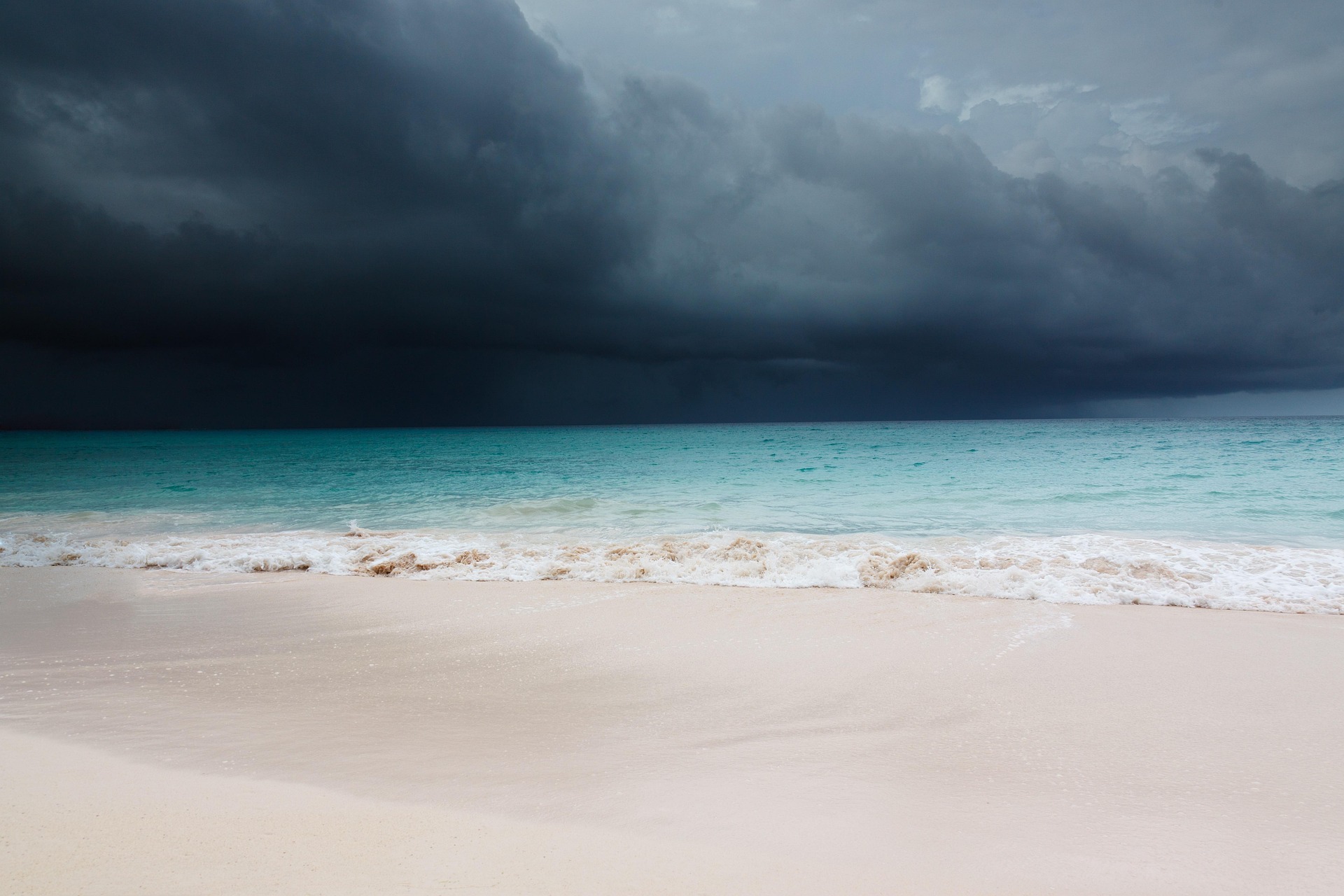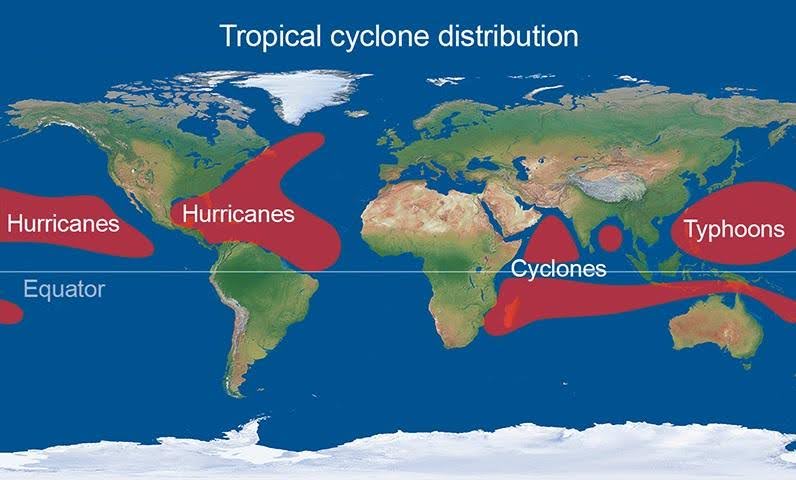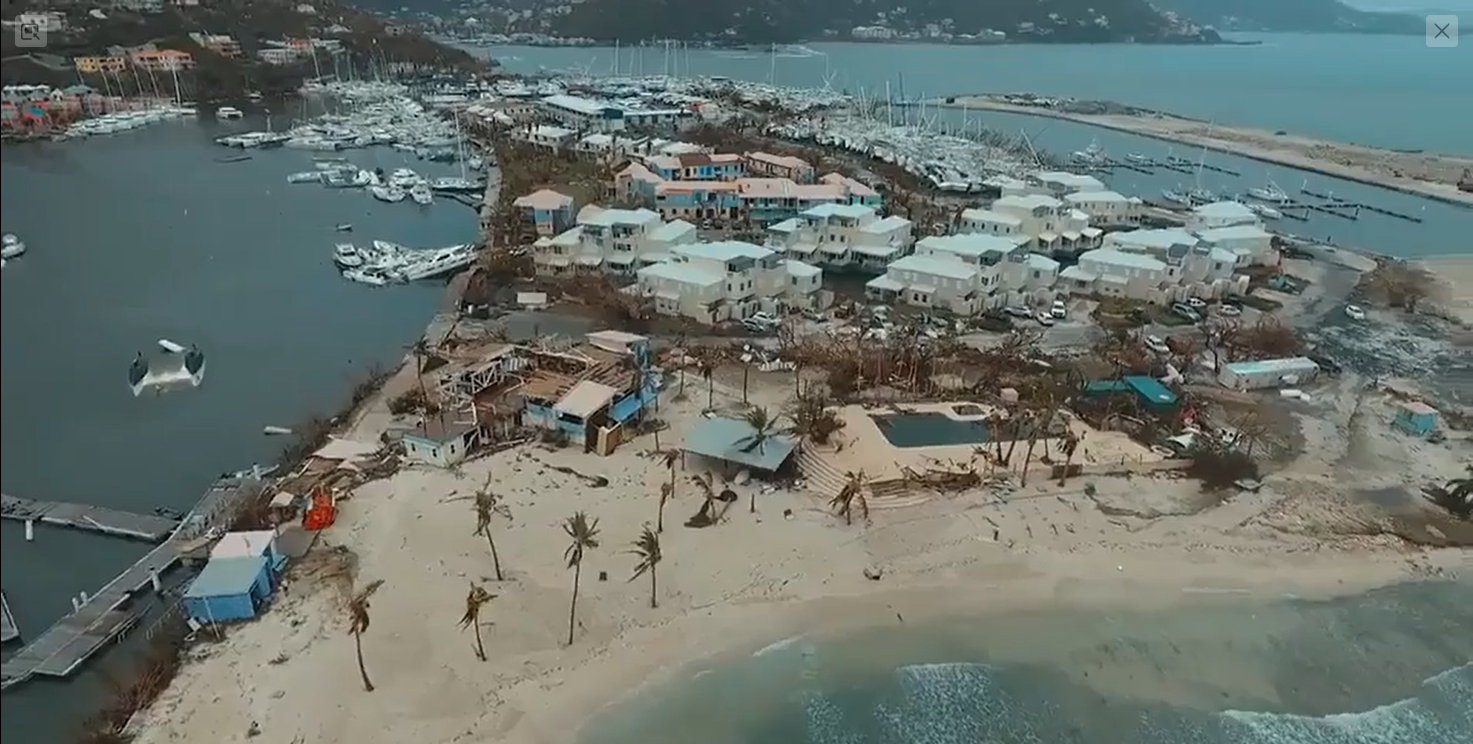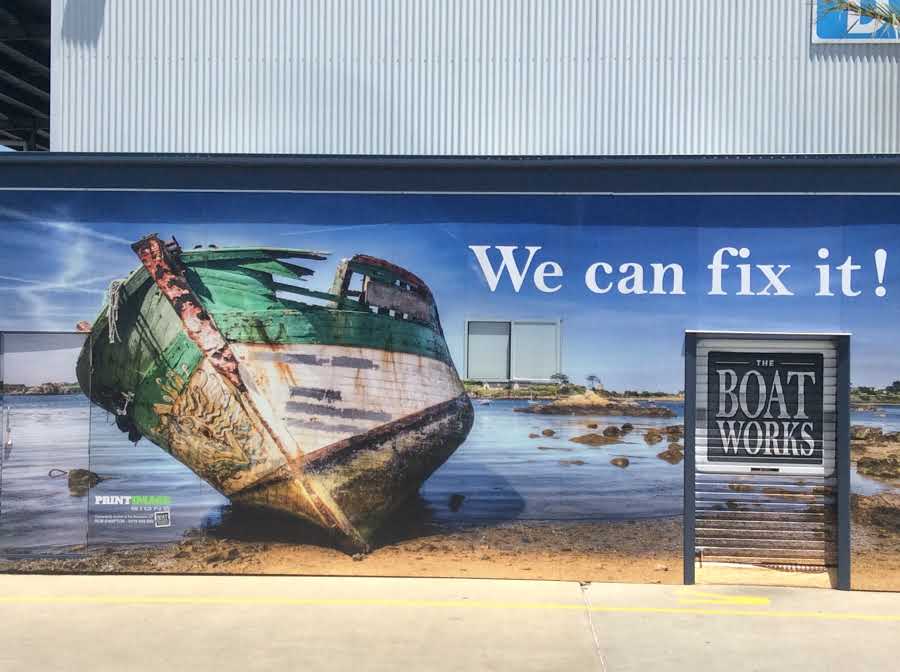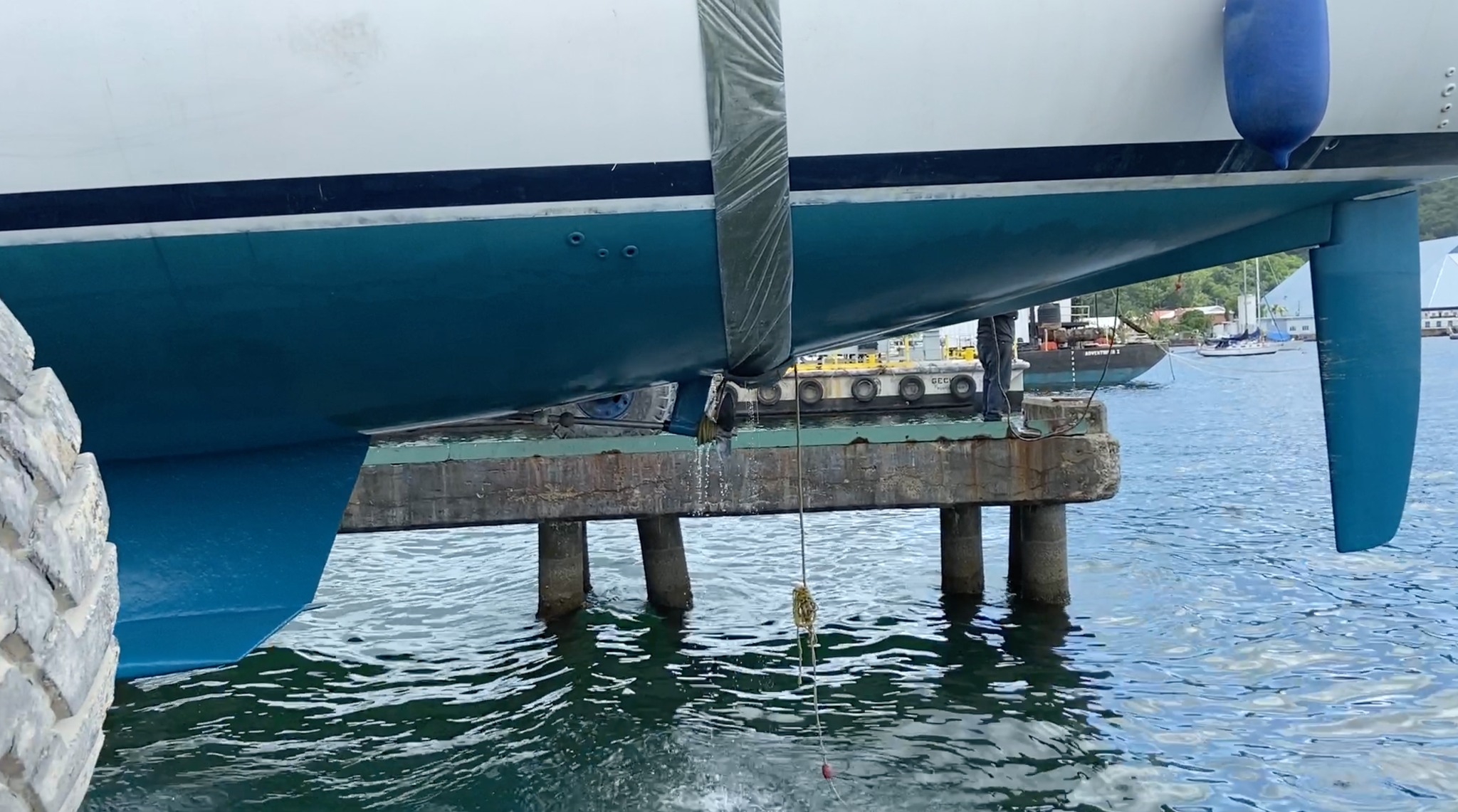For many cruisers, insurance renewals are a bit of an annual ritual, not really much fun, albeit considerably more pleasant than a visit to the dentist; they are a necessary part of life afloat.
As a full-time live aboard cruiser, on a slow circumnavigation, I often find that insurance is a topic of conversation amongst cruisers. Just like an unwelcome guest, it turns up all too often, something to be endured, but it is necessary, and significantly drives cruising plans.
“Named Tropical Storms”
For those sailing in the tropics, and even just outside, we have to take into account Named Tropical Storms (NTS). These are defined as a tropical cyclone which is given a name by a regional agency such as the National Hurricane Center. As the NTS season approaches, we have to decide whether to flee to somewhere safe, well out of the tropics, or stay put and prepare.
Oddly, I have come to discover that there is a kind of upside to the rules imposed by insurers, as they are a good source of information about where we should be cruising. Insurers are experts on such matters, basing their risks not just on sound climate data, including climate change, but also where they have suffered historic losses.
The area of risk for NTS
The UK Met Office’s Tropical Cyclone map is markedly conservative to the views taken by insurers.
- Map courtesy of UK Met Office
This is because the technical definition of a NTS is a sustained wind strength of only 34 knots, which most cruising yachts can usually weather as that’s just into gale force, whereas a hurricane has a minimum of 64 knots.
Degrees of latitude
Insurers generally won’t cover our yacht, ashore or afloat, between 10°S and 30°S (Nov 1 to May 1) or 10°N and 30°N (Jun 1 to Nov 30) during these dodgy weather seasons.
For example when in the Caribbean, for us to sail above 30°N meant heading to Jacksonville in North Carolina but, in practice, rounding Cape Fear and up into the Chesapeake, or even further North. Or we could head South down to Trinidad and Tobago but these are still above 10°N so cover is still hard to get. Talking to other cruisers, we have also discovered that, to spread their risk, insurers have a habit of not wanting to cover too many yachts in one place so I have found that it pays to consult your insurer well before you finalize your NTS plans.
Changes post Hurricane Irma and Hurricane Maria
After category 5 hurricanes Irma and Maria devastated Caribbean islands such as the BVI’s back in 2017, the cruisers we met there, surrounded by the devastation, were considerably more cautious. Insurers, too, changed tack and most no longer offer cover for NTS in the Caribbean, or elsewhere. After being declined insurance for NTS by Pantaenius, the owner of a well-known yacht insurance company put it to me very simply, “Get your yacht out of the Caribbean in the hurricane season”, so I did!
It’s not just cruisers who are more wary these days; yacht marinas also learn lessons such as, for example, deploying piled marinas which allow pontoons, with yachts attached, to slide up and down as, driven by the ferocious pressure drops of high winds, the sea levels can rise dramatically.
A good example of this is the BVI’s, where one half of Nanny Cay Marina had its pontoons held in place by cables to the sea bed, which Irma simply snapped when the sea level rose, causing a “raft” of yachts and pontoons to wash up to the top of the creek, with substantial damage, and many yachts sinking, which is in the left of the post-Irma photo below. In the other half of the marina, Nanny Cay had installed new pontoons held in place with piles, which as you can see in the right of the photo, were left pretty much untouched.
- Nanny Cay immediately after Hurricane Irma in 2017
Other islands take a different approach, with Antigua’s famous English and Falmouth harbors both requiring all yachts to leave their marinas at the onset of a hurricane. That is because their docks are all solid concrete, which can be submerged by some meters of sea water in a NTS, into which any yachts will simply smash themselves to pieces, because there is often a huge swell, large enough to surf on, even inside those harbours.
Cruising in the Pacific
Now we are cruising the South Pacific, having enjoyed the delights of French Polynesia through to Fiji, there are relative few options to get out of the cyclone risk areas.
The belt of islands in the Pacific which are between 10°S and 10°N give relatively little choice. Galapagos is on the equator and out of the NTS belt, but facilities for yachts there are almost non-existent, the costs of staying in their waters are exorbitant so this is not a viable option. Some spend the six month NTS period in the Marquesas, which are out of the NTS belt at just below 10°S, but there are few facilities for yachts, no marinas at all, and only a few haul out facilities, which are often fully booked up. Some just leave their yachts at anchor in places like Nuka Hiva or Hiva Oa and dash back from the Tuamotu’s or Societies if a NTS threatens.
Following the trade winds
The usual trade wind passage, also called the “Coconut Milk Run” or “Puddle Jump”, runs from Panama to Australia or New Zealand, via Galapagos, Marquesas, Tuamotu’s, Tahiti and the Society Islands, the Cooks, Tonga, Fiji, Vanuatu and New Caledonia. The track of yachts, via their AIS signals, shows a remarkably consistent route across the South Pacific.
- Passage of yacht across the Pacific Ocean, courtesy of Marine Traffic
As the AIS tracking shows, hardly any yachts leave Fiji with a dive South into the cold of the roaring 40’s to catch the trade winds, and then up again to French Polynesia and the Marquesas; not appealing.
Some, like the World Rallies, leave before the NTS season starts, and sail straight on to Indonesia, the Solomons or Papua New Guinea. The most popular option is to sail down to New Zealand or Australia, with more and more opting, as we did, to join Viki Moore’s Pacific Rally. This rally can be joined and left at a number of different points, all timed to avoid the NTS season by sailing South before the end of October and returning North to the tropics after early May.
With 175 yachts entered on Viki’s Pacific Rally in 2025, that’s now possibly the second most popular rally in the world, after the ARC. The whole of New Zealand is well below 30°S and outside of the cyclone belt, although the passage to/from New Zealand to Tonga or Fiji can be rough and you must wait for the right weather, ideally with the advice of a specialist weather router.
- The Pacific Rally, courtesy of Island Cruising
Sailing in Australia
Australia is different; unless you go to the tiny Australian islands in the Torres Strait, all of Australia is below 10°S so you have to sail South below 30°, with the first port being Coffs Harbour, which is only around 270 miles from Sydney. However, if you’re insured with Pantaenius you can safely locate your vessel south of 26.5°S in the Brisbane area or on the Gold Coast. Under their policy you are covered in this area year-round, including for damage that may be caused by a NTS-Cyclone.
Pantaenius has an office in Sydney and also conveniently located at The Boat Works on the Gold Coast, which in my opinion is possibly the best marine facility in the Southern Hemisphere! Pantaenius also offers NTS cover in some circumstances for vessels located north of 26.5°S during Cyclone season. This cover is based on an agreed NTS Plan and under different clauses.
Indian Ocean
The Indian Ocean is governed not just by the NTS but also the monsoons. Again there are very similar, very limited options for shelter, mainly being the Seychelles and Zanzibar which are outside the NTS belt.
A cruisers choice to make: NTS and insurance
Of course, despite all the foregoing, you can still choose to sail without insurance cover for Named Tropical Storms. Insurers often stress that the most likely reason for a claim isn’t because of a Named Tropical Storm but rather collisions, groundings, dismasting’s and the like.
As we enter the Pacific safe season and are now once again enjoying the warmth of the tropics for the period of May to October, we have already decided on our plan for the next NTS season; joining the Island Cruising “Go West to Australia” rally. These plans were pre-agreed with our insurers, Pantaenius, before we left New Zealand for the tropics, and we will need to keep them informed of any significant changes to our approved crew or itinerary.
Do ensure your own insurance covers the areas you intend to cruise. It is always best to have a long term passage plan that you can share not only with your insurers but trusted friends and family as you sail on to wherever the wind takes you.

